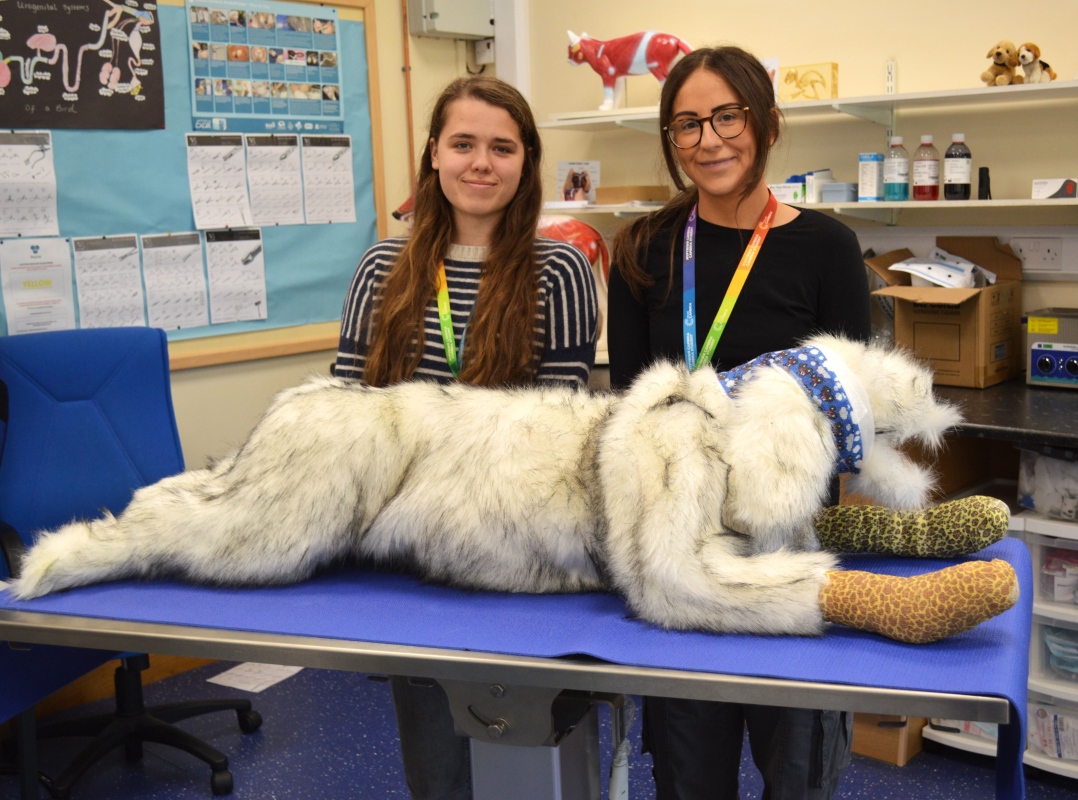NEET and participation: local authority figures

@EducationGovUK Data showing the proportions of 16- and 17-year-olds in education and training and an estimate of those not in education, employment or training (NEET).
The Department for Education’s definitive measures for ENGLAND of participation and NEET for 16 to 18 year olds are published annually in the national statistics release ‘Participation in Education, Training and Employment by 16-18 year olds in England’.
Estimates from these national statistics are used to monitor progress against the Department’s objectives of raising participation and reducing the number of young people NEET (not in education, employment or training). The estimates relate to a snapshot of activities at the end of the calendar year, and are based on academic age, defined as ‘age at the start of the academic year’.
Information is drawn together from various post-16 data sources to give a coherent and comprehensive picture of participation, including schools, further education, work-based learning and higher education. The key analyses are by age, gender, type of learning, institution type, labour market status and highest qualification being studied. These figures are not published at regional or LA level.
Local authorities have a duty to track young people’s activity to identify those not participating and support them to do so.
The data shows the number and proportion of 16- and 17-year-olds recorded as in education or training in each local authority area and an estimate of the proportion and number of 16- and 17-year-olds who are recorded as NEET or whose activity is ‘not known’.
Documents
MS Excel Spreadsheet, 394KB
16- to 17-year-olds recorded in education and training and NEET by local authority, 2019
MS Excel Spreadsheet, 353KB
16- to 17-year-olds recorded in education and training and NEET by local authority, 2018
MS Excel Spreadsheet, 536KB
Published 18 October 2018
Last updated 9 July 2020 + show all updates
-
Added data for 2020.
-
Data for 2019 added.
-
First published.











Responses